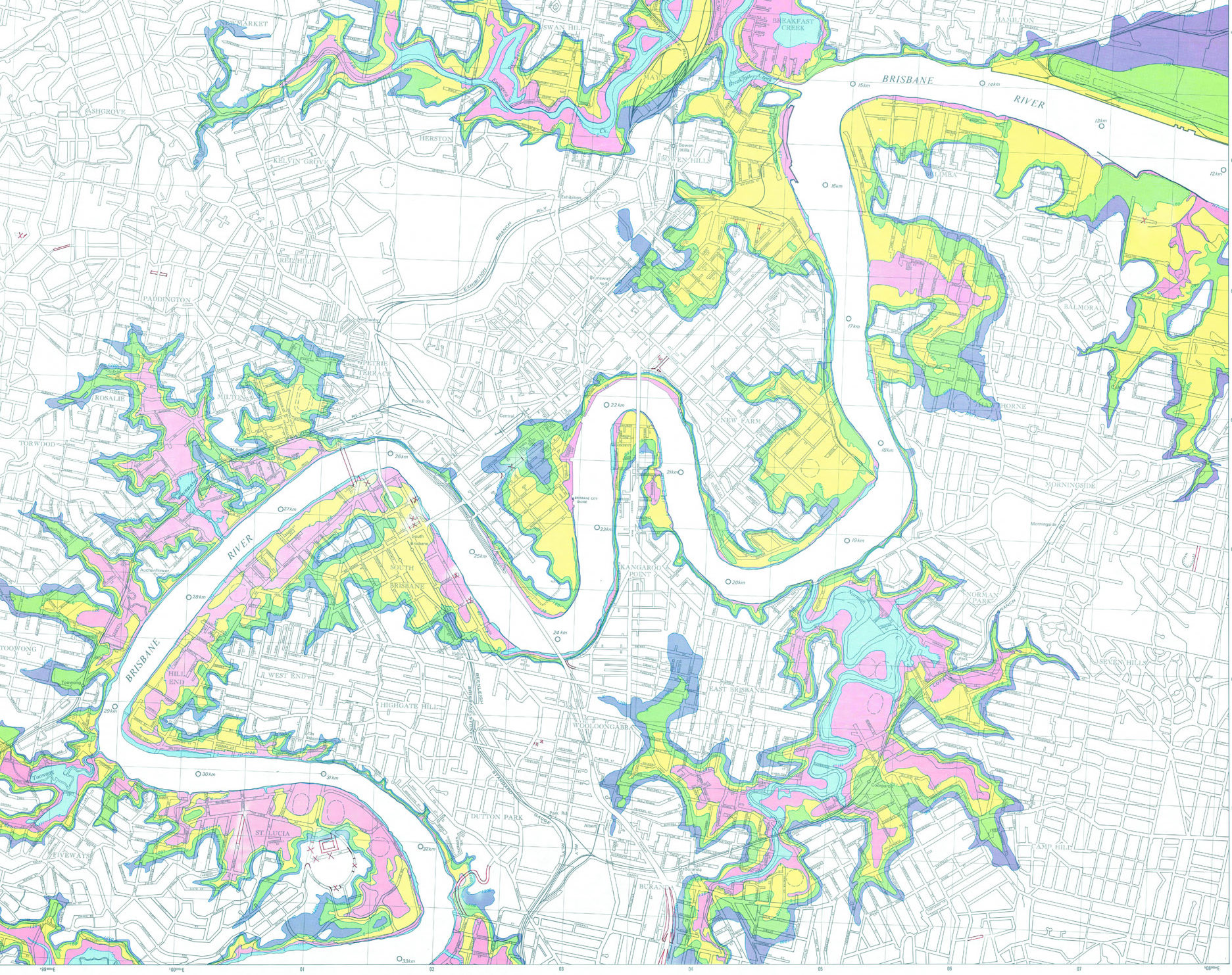What does La Niña mean for Engineering and Construction?

By Emma Clements, Principal – Flood & Water
10 Years on…
We’re coming up to the 10-year anniversary of one of Brisbane’s biggest flood events on record. The January 2011 floods are still firmly imprinted in many of our minds and it is still the benchmark for setting flood immunity design across many parts of Brisbane.
We are now entering the next La Niña cycle. If you are not familiar with these terms, El Niño constitutes warmer and drier conditions, and often induces droughts, while La Niña on the other hand tends to be cooler, wetter and often leads to a flood season. The last La Niña peak was 2010-2012 which resulted in one of Australia’s wettest two-year periods1. BOM states that these effects will be evident throughout this coming summer until at least February 20212.
As Brisbane residents, we are wondering if this means the end crunchy grass in our backyard or whether we should be concerned about more potential cyclones and flooding. As engineers, we are wondering what this means for the design and construction of our cities.
What can we do?
Now more than ever we all we need to ensure our cites are carefully planned and designed to withstand the next La Niña cycle. Conversations with our own clients who are heading into the construction phase of their project reveals that there are many questions about the implications this wet season will have on their site, ‘Will my 3-level basement become a swimming pool?’ or ‘Should I put extra measures in place for sediment and erosion control?” or the classic, ‘Will we get another 2011 flood scenario?’
As the season carries on, the ground will become more waterlogged resulting in more sediment runoff being washed off into stormwater drains and our local water systems. We need to make sure we are doing all we can to minimise this sediment runoff, which has a harmful impact on our local waterways and our environment.
Additionally, the increased runoff can result in an increased cost for clients and builders, due to the excessive amounts of soil they are losing when not sufficiently managed. Some large construction sites could even lose up to four truckloads of soil during one storm event3.
Over the years, Inertia has found that our water and flood engineers are consulted towards the end of the planning stage just to comply with regulations. However, considering the risks that the wet season could bring, we suggest seeking counsel much earlier to ensure the design and master planning process can work in seamlessly with the ever-changing climatic patterns and surrounding environment.
Ultimately, we need the water, and we hope that the wet season eases the ongoing droughts in many regions of our country and consequently boosts the economy. However, we need to take extra consideration when planning the design and construction of our cities to ensure that our water systems are not polluted, our projects don’t incur extra unnecessary costs, and our cities can still shine brightly through the next cycle of La Niña.
1 http://www.bom.gov.au/climate/enso/lnlist/#:~:text=Combined%2C%20the%20two%20events%
2 http://www.bom.gov.au/climate/enso/outlook/
3 https://www.epa.nsw.gov.au/news/media-releases/2020/epamedia200928-forecast-wet-weather-signals-need-for-builders-to-get-the-site-right
 Back to News
Back to News
